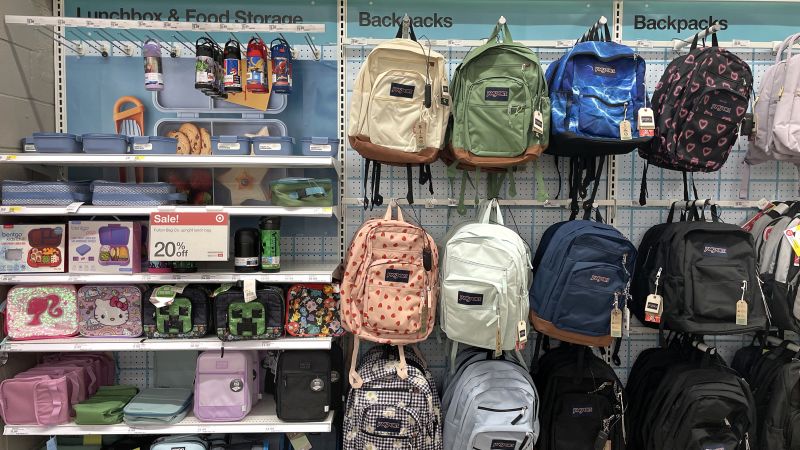Last year, consumers set a new record for back-to-school spending, reaching $41.5 billion with an average of over $890 per household. Higher prices and a strong labor market contributed to this increase. However, this year consumers are being more cautious due to the compounding effects of price hikes and economic uncertainty. The National Retail Federation expects 2024 back-to-school spending to be the second-highest on record at $38.8 billion or $874.68 per household. How consumers approach their spending could be a critical barometer for the health of the consumer-powered economy.
Consumers are remaining price-conscious and seeking out deals as they navigate the economic slowdown. Back-to-school spending is essential, not discretionary, leading many to look for sales and discounts. Prices for school supplies have decreased in certain categories, with some items even below 2019 prices. The shifting tides of inflation are affecting consumer behavior, with smoother-running supply chains and a focus on services and experiences helping to offset price hikes, particularly in goods categories.
Despite challenges, average earnings have been outpacing inflation, keeping consumer spending strong. Back-to-school spending volumes are expected to stay consistent with the previous year, thanks to positive consumer sentiment and higher expectations around discounts and interest rate cuts. This positive outlook could also bode well for the upcoming holiday shopping season as consumers show optimism in spending.
For some families, back-to-school spending looks different this year due to financial constraints. Families like Amanda Webber’s in Shoreline, Washington, are tightening budgets after a costly medical procedure. Webber has been hunting for deals, using coupons, comparison shopping, and participating in community resources to save money. In Gainesville, Florida, Lisa Castruita and her daughter have embraced a minimalistic approach, being resourceful, seeking out deals, and relying on their community for support.
Both Webber and Castruita have shifted their perspectives on spending, prioritizing needs over excess. Castruita, a single parent and widow, has found ways to lower her back-to-school spending while focusing on life experiences with her daughter. By making smart decisions and seeking help from her community, she has been able to handle financial challenges gracefully. The changing landscape of back-to-school spending reflects broader shifts in consumer behavior and highlights the adaptability and resilience of families facing economic uncertainty.


